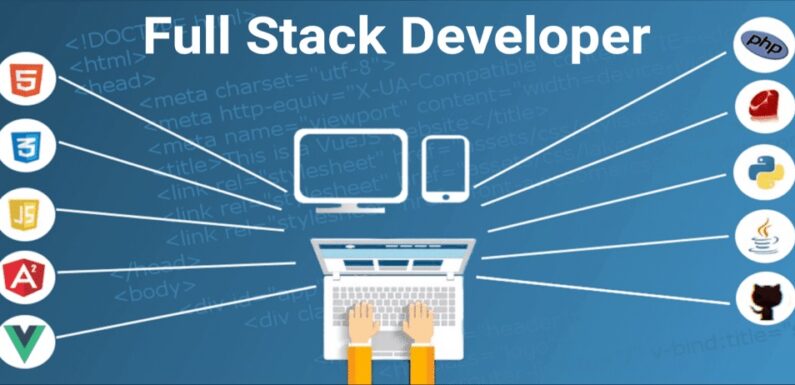
In today’s digital landscape, responsive web design is essential for delivering seamless user experiences across devices. Whether taking a full stack developer course in Bangalore or working on live projects, mastering responsive design is crucial for building websites that adapt to various screen sizes. Here are some best practices to consider as a full-stack developer.
- Mobile-First Approach
Starting with the mobile-first approach is critical to responsive web design. This method involves designing the smallest screen size first and then progressively enhancing the design for larger screens. By focusing on mobile, you ensure that your website performs well on devices with limited screen space, which is crucial in a mobile-centric world. As you advance through a full stack developer course in Bangalore, you’ll learn how this approach helps optimize performance and deliver better user experiences on all devices.
- Flexible Grid Layouts
Using flexible grid layouts is another best practice in responsive design. These layouts are based on relative units like percentages instead of fixed units like pixels. This flexibility allows your content to scale appropriately across different screen sizes. In a full stack developer course in Bangalore, you’ll explore various frameworks like Bootstrap or CSS Grid that make implementing flexible layouts easier. These tools help create fluid designs that adjust seamlessly to any device, ensuring a consistent look and feel.
- Responsive Media
Images, videos, and other media elements must be responsive to ensure they fit within the layout on different devices. Techniques like using CSS to define maximum width and height or using responsive image tags (e.g., <picture> in HTML5) are essential for achieving this. A full-stack developer course will train you with the knowledge to handle media effectively, ensuring your designs are visually appealing without compromising performance.
- Performance Optimization
Responsive web design is not just about fitting content to screen sizes but also about optimizing performance. This involves minimizing heavy images, reducing server requests, and using techniques including lazy loading for images. In a full stack developer course, you’ll learn how to use tools like Google Lighthouse to audit and improve website performance, ensuring that your responsive designs load quickly and efficiently on all devices.
- Testing and Iteration
Finally, testing your designs on multiple devices and screen sizes is critical. Use browser developer tools, responsive design mode, and accurate device testing to ensure your designs work as intended across all platforms. During a full stack developer course, you’ll gain hands-on experience testing and iterating your designs, allowing you to create genuinely responsive websites.
In conclusion, mastering responsive web design is essential for any Full Stack developer. Whether enrolled in a full-stack developer course in Bangalore or working on live projects, adhering to these best practices will ensure your websites are adaptable, efficient, and user-friendly across all devices.
Business Name: ExcelR – Full Stack Developer And Business Analyst Course in Bangalore
Address: 10, 3rd floor, Safeway Plaza, 27th Main Rd, Old Madiwala, Jay Bheema Nagar, 1st Stage, BTM 1st Stage, Bengaluru, Karnataka 560068
Phone: 7353006061
Business Email: enquiry@excelr.com

